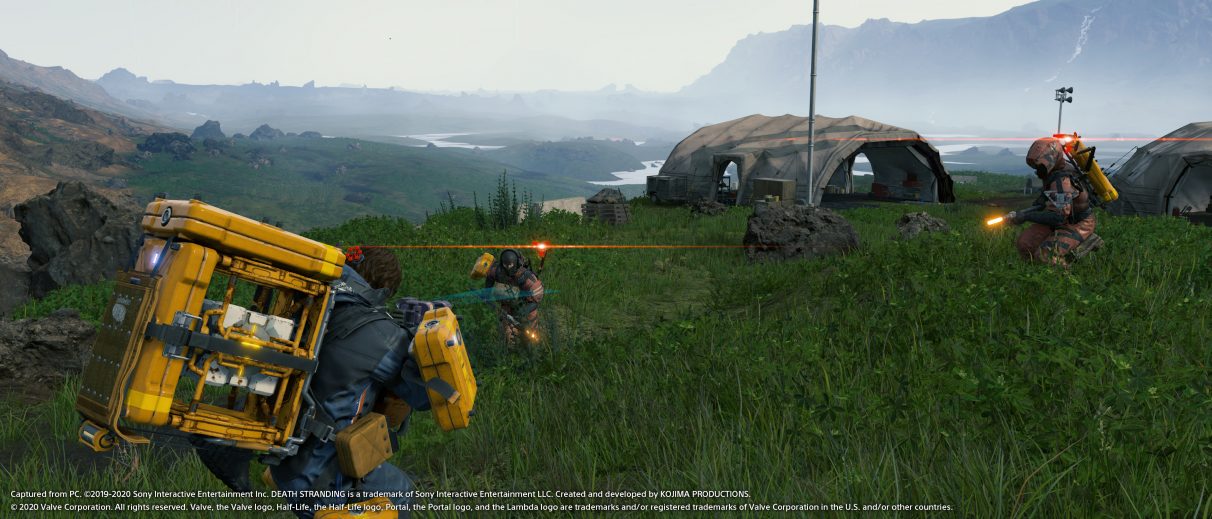That’s an impressive feat for Nvidia’s entry-level RTX graphics card, and pretty much guarantees that all RTX cards will be able to hit 60fps at 4K on max settings regardless of which one you happen to own - although given that the RTX 2060 was never really designed with 4K gaming in mind (it’s more of a 1440p GPU in the great graphics card hierarchy), I’m not sure how many people out there will actually have the appropriate 4K monitor to take advantage of it. Still, it’s good to see more games getting support for Nvidia’s performance-boosting, AI-driven upscaling tech, and better still to see it arrive on the same day the game comes out. Previous DLSS games have often made us wait several months before it gets added in, at which point everyone’s usually forgotten about the game in question and moved on to the next shiny thing.
In case you’ve forgotten, DLSS is Nvidia’s upscaling tech that uses deep learning (DL) to super sample (SS) images at higher resolutions. It’s a bit like the checker-boarding techniques that Sony use in the PS4 Pro at the moment, allowing your graphics card to produce a higher resolution image without necessarily rendering each and every pixel. Instead, it uses AI to fill in the gaps, helping to boost performance and keep frame rates nice and high while theoretically producing a nigh-on identical image. It needs an RTX card’s special AI-infused Tensor Cores to work, though, so anyone with a regular GTX card won’t be able to make use of it. With DLSS 2.0, Nvidia have added several improvements to their upscaling tech, and they now say they can create images that are comparable to native resolution but which only use between 25-50% of the number of pixels. It can also do this twice as fast as their original DLSS tech, leading to even better DLSS performance across the board. Indeed, while I’m not allowed to show you any direct capture from the game just yet, I couldn’t spot any discernible difference between Death Stranding’s Very High settings and Very High with DLSS, so you might as well turn it on if you do happen to own an RTX card. DLSS has come a long way since I first looked at Final Fantasy XV’s DLSS implementation, so it’s well worth playing around with if you find your frame rate’s struggling a bit. Nvidia also claim you can get at least 100fps in Death Stranding on an RTX 2060 if you drop the resolution down to 2560x1440, and my own tests confirm that this is indeed the case. Then again, my tests also show that you can also get a perfectly smooth average of around 70fps without DLSS switched on at 1440p with max settings on an RTX 2060, so it’s not like DLSS is going to be absolutely essential for getting smooth frame rates at this resolution unless you own a high refresh rate monitor and absolutely want to make the most of it. I will, of course, be running further tests on Death Stranding as we get closer to the game’s launch on July 14th, seeing how well it runs on a wider variety of graphics cards as well as how to get the best settings if your GPU’s a bit on the creaky side. In the meantime, though, Death Stranding looks like it’s carrying itself very well indeed.

